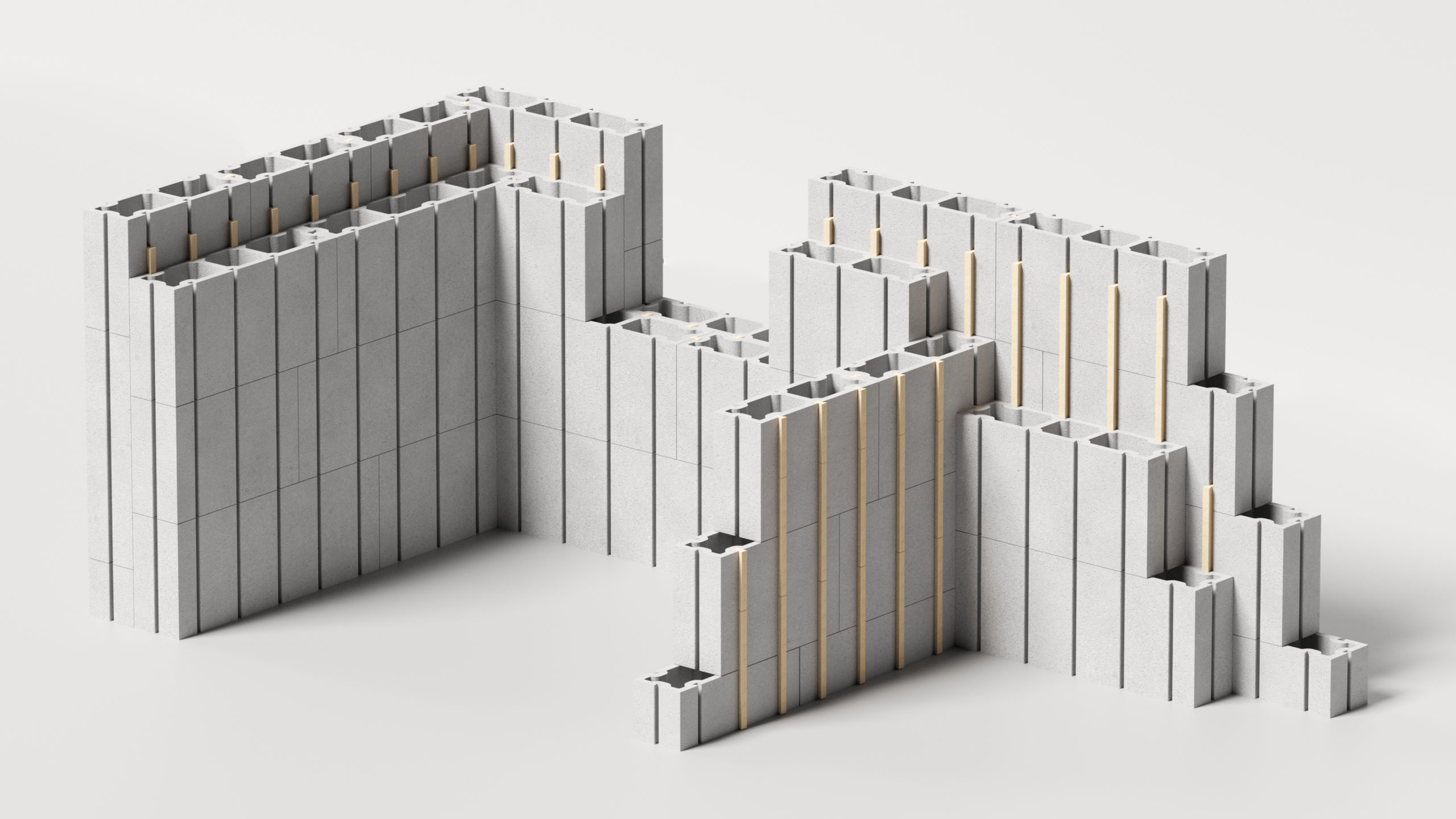Joint position – Support an ambitious Ecodesign for Sustainable Products Regulation for cement

European cements are among the most carbon intensive in the world, without clear signs of improvement. This is concerning, as cement – together with concrete – is and will remain the most consumed material in Europe. As the Alliance for Low-Carbon Cement and Concrete (ALCCC), we are committed to bring European cements within planetary boundaries, targeting a net zero value chain by 2040.
Safe, scalable and cost-effective low carbon cements exist today, but must become the norm in if we are to meet Europe’s climate goals. The ongoing revision of the CPR – and the parallel CPR acquis process on cement – is an important first step in that direction. Under the leadership of DG GROW, a process has been initiated to shift from today’s recipe-based to performance-based standards, finally creating a level-playing field for the CE marking of products. By mid-2024, a clear perspective will exist for all players on the market on how the future CE marking of cements will look like in Europe. The crux of the matter, however, is not to simply enable market entrance of new cements, but to also introduce ecodesign requirements so that sustainable cements thrive and become the new norm.
The upcoming plenary vote on the Ecodesign for Sustainable Products Regulation (ESPR) on the 12 July is a crucial step in driving this change. We call upon all MEPs to support the ENVI position on ESPR, as its compromise provisions on cement are ambitious and well-balanced for all industry actors.


